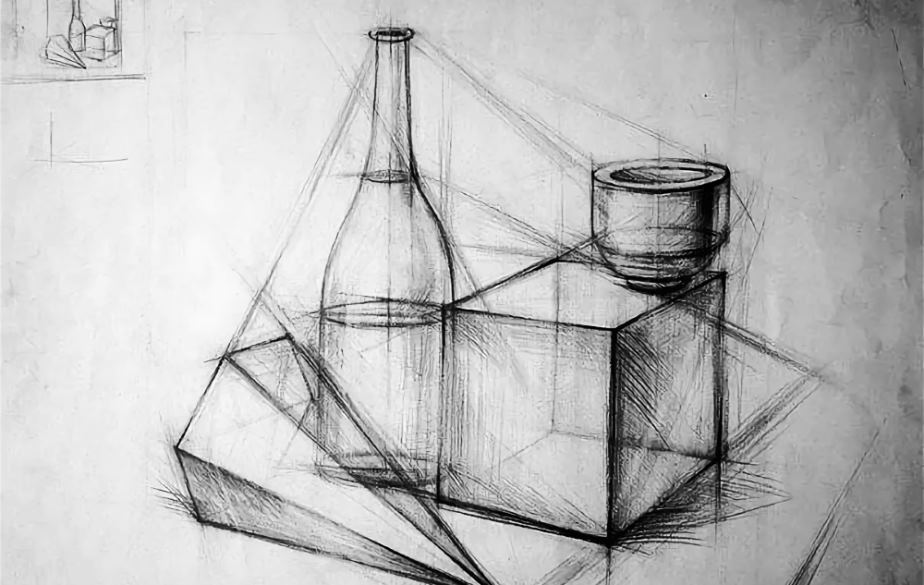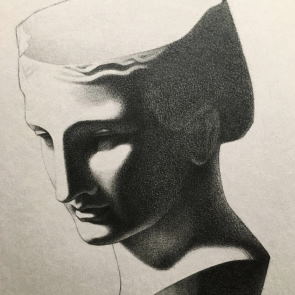Constructive drawing is a term used in art to describe the use of geometric shapes and lines to create a work of art. It is an approach that can be used by any artist, regardless of their skill level or experience. You can create complex images and compositions using simple shapes and lines. In this blog post, we’ll discuss constructive drawing principles and how you can apply them to your artwork. Let’s get started!
Principles of constructive drawing for better artwork
Constructive drawing is a drawing method that focuses on the construction of forms through the use of basic geometric shapes. It is an approach that is often used in engineering and architectural drawings.
The goal of constructive drawing is to accurately represent the object being drawn, using a minimum number of lines and shapes. This approach can be applied to both two-dimensional and three-dimensional objects.

There are a few key principles that are followed in the constructive drawing:
- All lines should be either horizontal or vertical. This helps to create a more accurate representation of the object and make it easier to measure distances between points.
- Lines should intersect at 90 degree angles. This again makes it easier to create a more accurate representation of the object.
- All lines should be of equal thickness. This helps to create a sense of balance in the drawing.
- Shapes should be drawn as simply as possible. This helps to reduce the number of lines needed and makes the drawing less cluttered.
- Dimension lines should be used to show the size of objects. These lines are usually drawn perpendicular to the object’s contour lines.
- Hidden lines should be used to show parts of the object that are not visible from the viewpoint of the drawing. These lines are usually drawn with a dotted line style.
- Center lines should be used to divide an object into equal halves. These lines are usually drawn with a dashed line style.
- Isometric drawings can show three-dimensional objects in two dimensions. This drawing type is often used in engineering drawings.
- Orthographic projections can also show three-dimensional objects in two dimensions. This type of drawing is often used in architectural drawings.
- Perspective drawings can create a realistic representation of an object. This type of drawing is often used in art and design.
Guiding principles for learning constructive drawing skills
We learn to draw by observing and practicing the world around us. Our brains constantly try to make sense of what our eyes are seeing, and part of that process is understanding how things work. When we see something that doesn’t make sense or when we can’t figure out how something works, it’s frustrating. Drawing is a process of understanding how the world works and how we can represent it on paper.
There are a few guiding principles that can help you learn how to draw constructively:
 Start with simple shapes: One of the best ways to understand an object is to break it down into its basic shapes. When starting, focus on drawing simple shapes like circles, squares, and triangles. As you get more comfortable, you can start to add more detail.
Start with simple shapes: One of the best ways to understand an object is to break it down into its basic shapes. When starting, focus on drawing simple shapes like circles, squares, and triangles. As you get more comfortable, you can start to add more detail.- Observe closely: Take a close look at the world around you and try to see the details. What colors are things? What texture do they have? How do they fit together? The more you observe, the better you’ll be at understanding how to represent what you see on paper.
- Practice, practice, practice: Like anything else, the more you practice drawing, the better you’ll get at it. Try to find time to draw every day, even if it’s just for a few minutes. And don’t be afraid to make mistakes – that’s how we learn!
- Be patient: Learning how to draw constructively takes time and patience. But if you stick with it, you’ll be rewarded with the satisfaction of seeing the world in a whole new way.
